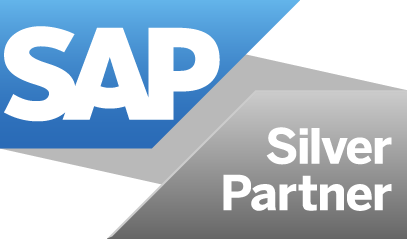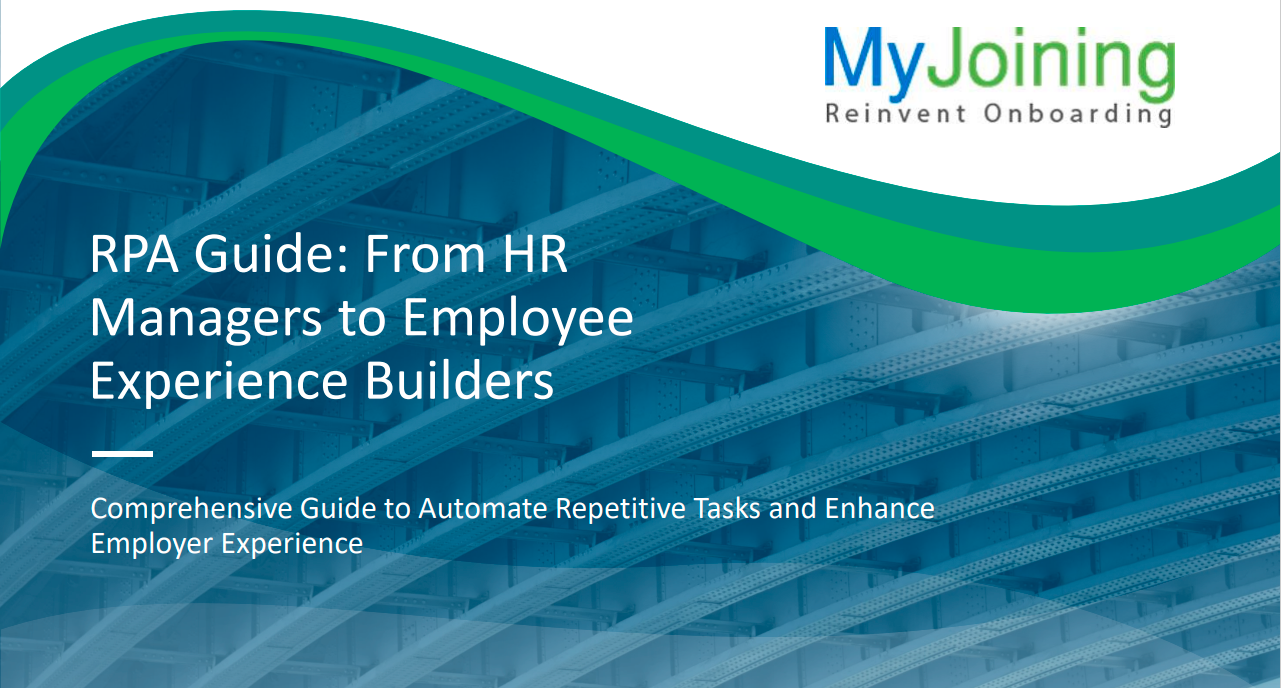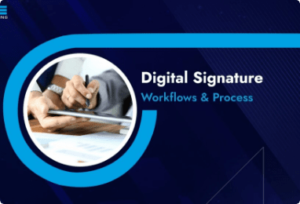Introduction:
Robotic Process Automation (RPA) – Automated robots to perform white-collar works by utilizing cognitive technology. Virtual brain workers carry out work to complement that of humans. RPA is a technology that allows businesses and organizations to configure software Robots to carry out routine, rules-based computer tasks in a way similar to a human employee. Robots can fill out documents, read and send emails, enter data into business applications, and much more.
Busting Myths About RPA:
- RPA does not replace Humans, it Empowers them to do more.
- RPA does not automate jobs, it automates tasks
- RPA simply takes away redundant & repetitive tasks, HR still has strategies for organizational success.
Focus areas of RPA in HR:
- Talent Acquisition: Source Candidates quicker and skip repetitive tasks of screening resumes. Invest your time meeting potential new hires.
- Employee Relations: Focus on developing programs that drive metrics like retention and prevent issues from happening.
- Onboarding: Compile New Hire Documents, Evaluate Assessment tests, and get done with all forms and documentation.
- HRBP: Automate tasks at a grassroots level and focus more on employee engagement while taking a more strategic role.
- Benefits Professionals: Focus more on well-being initiatives rather than on health and wellness program administration.
- Result Oriented L&D: Monitor L&D. Focus on the role- and band-specific L&D and automate tasks of evaluating results
How RPA is transforming Employee Experience:
- Create an Employee Experience that drives-The way businesses view the role of the human worker has changed significantly from the Industrial Age to the Digital Age. During the Industrial Age, a company’s access to natural resources made it competitive. Companies created a sustainable competitive advantage through the proper management of their tangible assets. People, on the other hand, were viewed as a cost of doing business.
RPA used cases in Onboarding Engagements:
– Crafting an Effective Communication strategy: Helps to create a two-way communication channel with the team and new hire. Time to spread information more than your career page through.
– What’s app push notification
– Chatbot to answer candidate query
– Sent content on Employee Benefits
– Did you know facts – to provide information
– Preonboarding Gamification: Gamifying preonboarding tasks to engage new hires more. Gamification activities such as
– Leaderboards
– Tasks lock & Unlock model
– Badges & Reward points
– Office tour/ VR tour of office: New Hires often want a chance to view their new office and how their workspace looks and feels. You can provide a Digital Tour of its offices across India using engaging content like videos, 360° office tours, and pictures. You can also give an option to candidate to view all the facilities:
• Nearby Hotels
• PG Information
• Eatery Outlets
• Hospitals
• Metro Station
• Parking Space
• Cafeteria And much more…
– Survey & Feedbacks: Constant feedback loops from the candidate and surveys conducted by HR provide the necessary inputs to measure the success of the Onboarding program.
• Engaging Surveys with emoticons, numbers, drag-bars, etc.
• Real-time reporting of survey data
• HR can incorporate feedbacks to constantly review and improve the current plans
Business Benefits:
- Reduce the burden on IT: Does not disturb underlying legacy systems
- Reliability: Bots can work 24*7 effectively
- Cost-cutting technology: Reduce the size of the manual workforce and hence reduce cost
- Accurate: Less prone to errors and hence there is accuracy and uniformity
- Productivity rate: The execution process is much faster than manual work.
- Compliance: Follow rules to avoid audit & free trials.
To know more about how RPA can assist you in your onboarding process visit: www.myjoining.in





